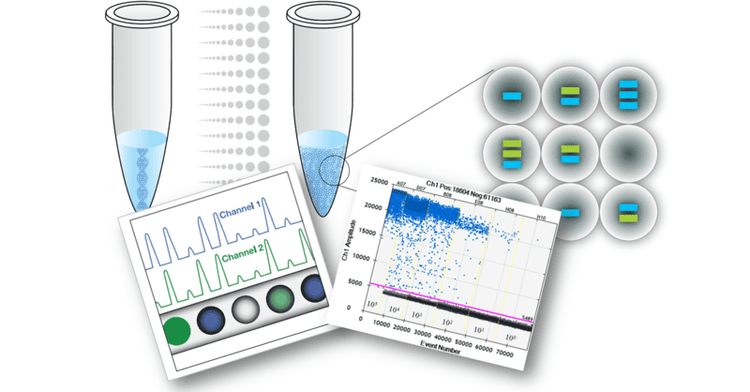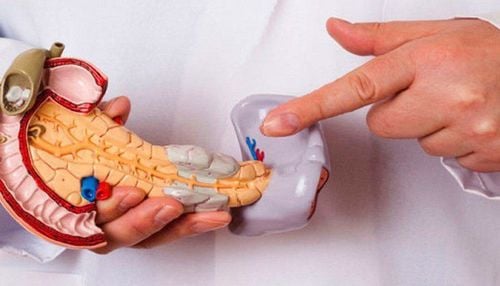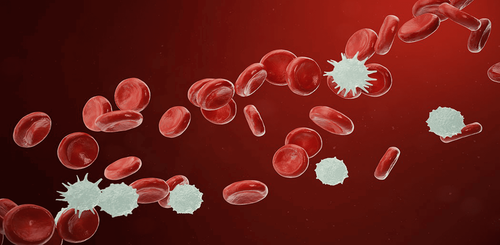This is an automatically translated article.
Article by Dr. Ha Thi Lien - Medical Genetics Division, Vinmec High-Tech CenterDyskeratosis congenita is a rare inherited form of bone marrow failure in which the marrow is not able to produce enough blood cells. Dyskeratosis is Latin for irreversible degeneration of skin tissue, and congenita means congenital.
1. Dyskeratosis congenita: Bone marrow failure syndrome
First described in the medical literature in 1906, congenital keratosis pilaris was originally thought to be a skin disease that appeared on the fingernails and mouth. It was only later in the 60s that it was found that patients with this skin problem almost always had bone marrow failure. Therefore, in the past 40 years, bone marrow failure syndrome, congenital keratosis, was diagnosed when the patient had three typical symptoms simultaneously: abnormal skin, malformation (dystrophy) of fingernails, and other symptoms. thick white patches on the mucous membranes of the mouth (oral leukoplakia). Skin changes may appear before developing bone marrow failure.Bone marrow failure is usually diagnosed by a low circulating blood cell count including red blood cells, white blood cells, and platelets. In patients with congenital dyskeratosis, there may be short stature, eye and tooth abnormalities, thinning and premature graying of hair, pulmonary fibrosis, liver disease, intestinal abnormalities, osteoporosis, and infertility. , learning difficulties and developmental delays. Patients also have an increased risk of leukemia and cancer.
Today, in addition to examining the skin, nails, and mouth to detect the typical changes of the disease, other tests to diagnose congenital keratosis disorders are also used including genetic testing to detect disease-causing genetic abnormalities. By more sensitive tests, doctors find that only a small number of patients have genetic abnormalities that actually lead to the full clinical picture of the congenital keratosis disorder described above. They found that many people had genetic abnormalities (mutations) but only had mild forms of the disease. Often these individuals may exhibit only one or two clinical features and these only become apparent late in life, with some never exhibiting cutaneous abnormalities.
Whether patients without skin manifestations should be considered congenital keratosis pilaris is controversial and often these individuals are referred to as having atypical keratosis pilaris syndrome. There are even people who carry the mutation but never develop the disease, but their children or grandchildren may develop the disease. These people are often referred to as silent mutation carriers. This is very new in medicine and very important for doctors and patients because much of what has been previously published about this disease may really no longer apply to all newcomers. diagnosed with dyskeratosis.
In most cases congenital dyskeratosis is hereditary. The inheritance pattern can be X-linked inheritance (Zinsser-Cole-Engleman syndrome), autosomal dominant inheritance of congenital dysplasia (Scoggins pattern), or autosomal recessive inheritance. . However, there is a large proportion of patients with sporadic disease, ie parents have no symptoms. In some of these patients the mutation was new and not inherited from the parents.
2. Diagnostic method

Xét nghiệm sinh học phân tử cho phép phát hiện đột biến gen
Initial diagnosis is based on clinical assessment, patient history, and classic clinical features. In those with aplastic anemia as the first sign of the syndrome or pulmonary fibrosis, the diagnosis is more difficult.
Abnormally short telomeres are also diagnostic markers for dyskeratosis in patients with myelosuppression. Molecular biology tests to detect mutations for genes DKC1, TERC, TERT, TINF2 NHP2, NOP10 are also diagnostic. However, these tests are quite expensive and some genes are still being investigated for functional roles and associations. Molecular biology testing is a highly technical test, requiring the operator to have high professional expertise and experience.
Vinmec International General Hospital is one of the hospitals that not only ensures professional quality with a team of leading medical doctors, modern equipment and technology, but also stands out for its examination and consultation services. comprehensive and professional medical consultation and treatment; civilized, polite, safe and sterile medical examination and treatment space. Customers when choosing to perform tests here can be completely assured of the accuracy of test results.
Please dial HOTLINE for more information or register for an appointment HERE. Download MyVinmec app to make appointments faster and to manage your bookings easily.













